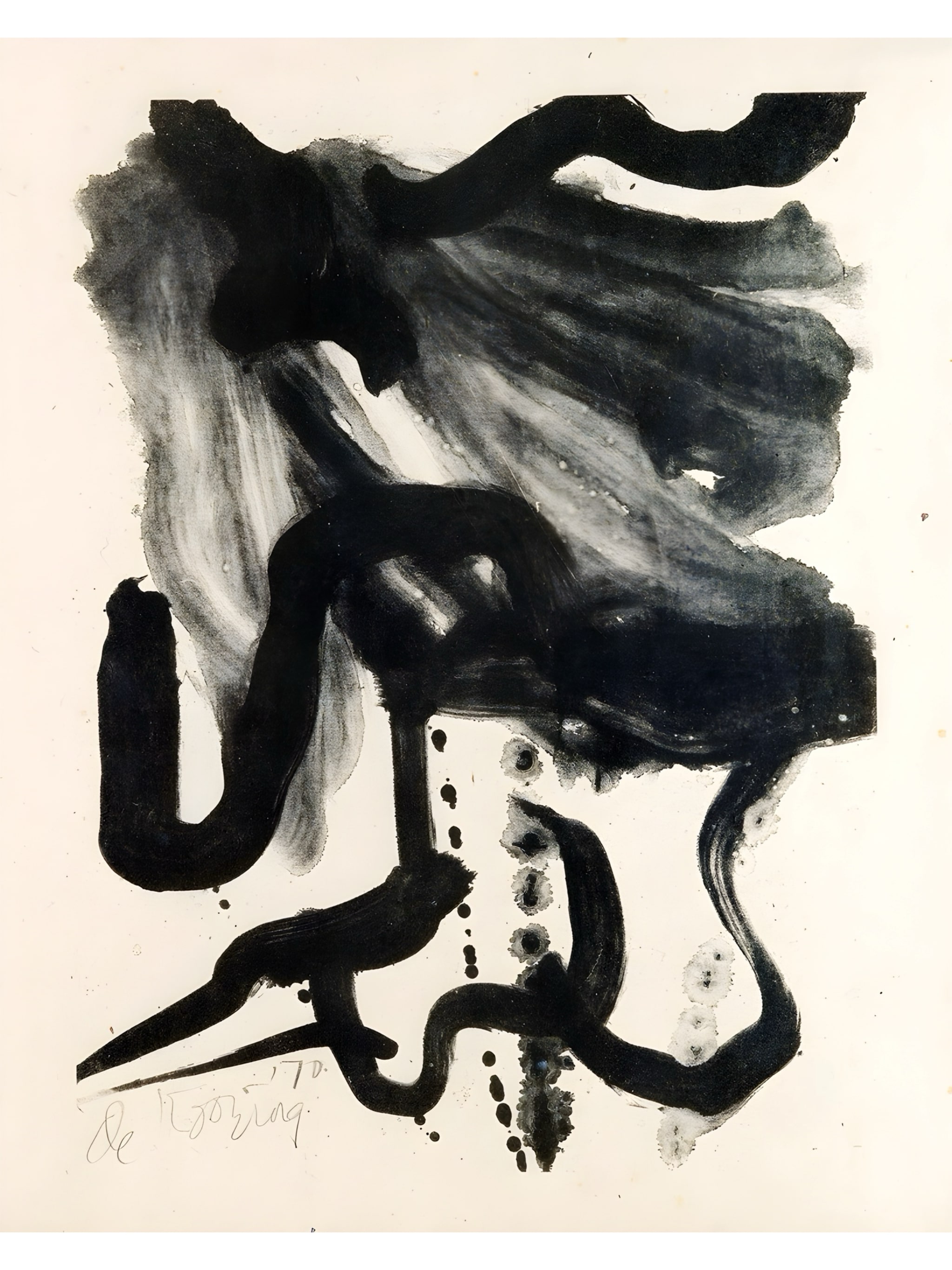
Willem de Kooning, a pioneering figure in Abstract Expressionism, stands as a pivotal artist of the 20th century. During the 1950s in New York, amidst a movement towards pure abstraction led by contemporaries like Jackson Pollock and Franz Kline, de Kooning established a distinctive style characterized by vibrant colors and dynamic brushwork, intertwined with fragmented representations of the female form. This provocative body of work, known as his “Women” series, sparked considerable debate at the time. In his later artistic endeavors, de Kooning shifted away from figurative representation, opting instead for lyrical abstraction and subtler allusions to the human body. Presently, de Kooning’s groundbreaking abstractions are housed in esteemed public collections, including Tate Modern, the Metropolitan Museum of Art, and the National Gallery of Art in Washington, D.C. His artworks have achieved remarkable auction prices, exceeding $68 million. Influenced by the likes of Arshile Gorky and Pablo Picasso, de Kooning is recognized for his synthesis of abstraction, Cubism, and Surrealism, thereby influencing subsequent generations of gestural painters, including Cecily Brown.